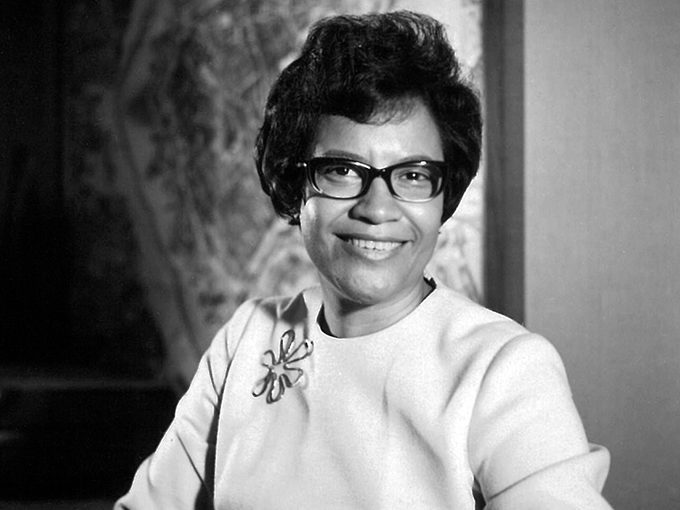
Across the annals of architecture and design, men often take the glory. Think of a great, historic name in the industry, and you’re likely picturing a male figure—Frank Lloyd Wright, Ludwig Mies van der Rohe, Eero Saarinen, Le Corbusier, I.M. Pei, Frank Gehry, David Adjaye—the list goes on. But every now and then, a female designer makes her way into mainstream lexicon. The late Zaha Hadid might be the most obvious example in recent years (Google “the greatest architects of all time” and you’ll find she’s the only woman on the search engine’s list of some 50 designers). But the further back one looks, the rarer it is to see a woman’s name, unless it’s paired with a man’s, à la Charles and Ray Eames. But, of course, women have been changing the world of design since the beginning, and a new book seeks to give females their proper accolades.
…
The New York City-born Norma Merrick Sklarek grew up in Harlem, taking in the artistic and cultural development of the Harlem Renaissance. She first attended Barnard College, then became one of two women to earn a bachelor’s degree in architecture from Columbia in 1950. Though being a woman—and an African-American one at that—hindered her job hunt, she landed a position at Skidmore, Owings & Merrill in New York, which became the first step in a long career. “When she passed the New York state exam in 1954, she became one of the first African American women to earn an architecture license,” writes Sellers. “In 1962 she was the first black female architect to obtain a license in California, and then, in 1980, the first to be honoured [sic] with a fellowship with the American Institute of Architects (AIA).” Some of her most iconic works include the Pacific Design Center in Los Angeles and the Embassy of the United States in Tokyo, on both of which she collaborated with César Pelli.